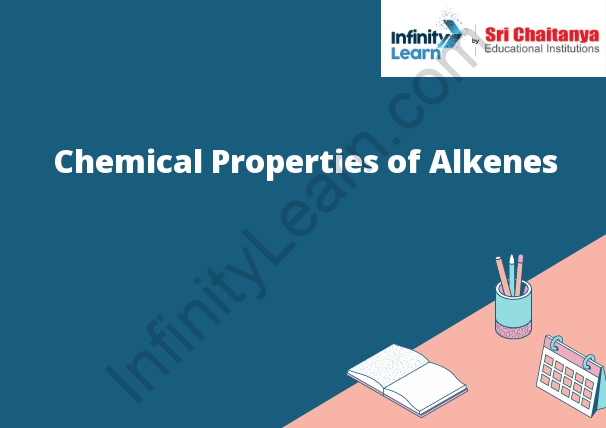Table of Contents
Alkenes – Member of Hydrocarbon Family
Alkenes are a type of hydrocarbon that have at least one carbon-carbon double bond. This double bond is called a “carbon-carbon double bond”. Alkenes are a type of hydrocarbon that have at least one carbon-carbon double bond. This double bond is called a “carbon-carbon double bond”.

Chemical Property of Alkenes
Alkenes are hydrocarbons that have at least one carbon-carbon double bond. Alkenes are less dense than hydrocarbons with single bonds and are more soluble in nonpolar solvents. The boiling point of an alkene is higher than that of a hydrocarbon with a single bond, and the heat of combustion is greater.
Reactions of Alkenes with Bromine
When an alkene is exposed to bromine, it will undergo a substitution reaction in which a bromine atom replaces one of the carbon-hydrogen atoms. This reaction can be represented by the following equation:
Alkenes can also undergo addition reactions with bromine, in which a bromine atom is added to the molecule. This reaction can be represented by the following equation:
Reactions of Amines
Amine reactions are classified into three categories: substitution, elimination, and addition.
In substitution reactions, an amine replaces a hydrogen atom on an organic molecule. This can occur either through a nucleophilic substitution reaction or a radical substitution reaction. In a nucleophilic substitution reaction, a nucleophile attacks the electron-deficient carbon atom on the amine, forming a new carbon-nitrogen bond. In a radical substitution reaction, a radical molecule attacks the amine, forming a new carbon-nitrogen bond.
In elimination reactions, an amine eliminates a molecule of hydrogen gas from an organic molecule. This can occur through a E1 or a E2 reaction. In a E1 reaction, the amine forms a new carbon-carbon bond and eliminates a hydrogen atom. In a E2 reaction, the amine forms a new carbon-carbon bond and eliminates a hydrogen atom from the adjacent carbon atom.
In addition reactions, an amine adds a molecule of hydrogen gas to an organic molecule. This can occur through a hydroamination reaction or an amidation reaction. In a hydroamination reaction, the amine adds a hydrogen atom to an organic molecule to form an amide molecule. In an amidation reaction, the amine adds a molecule of ammonia to an organic molecule to form an amide molecule.
Bonding and structure
The covalent bonding in silicon dioxide is due to the sharing of electrons between the silicon and oxygen atoms. The silicon atom has four valence electrons, and the oxygen atom has six valence electrons. In order to form a stable molecule, the silicon and oxygen atoms share two of their valence electrons. This creates a covalent bond, which is a strong bond that holds the atoms together.
The silicon dioxide molecule has a very stable structure. The two covalent bonds between the silicon and oxygen atoms are very strong, and the molecule is very resistant to breaking apart. This makes silicon dioxide a very durable material.







